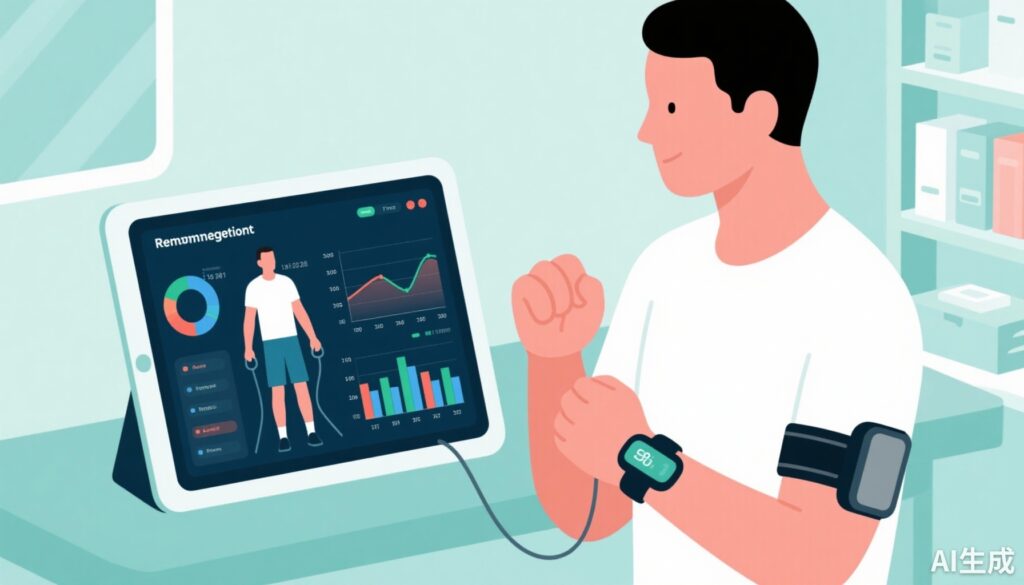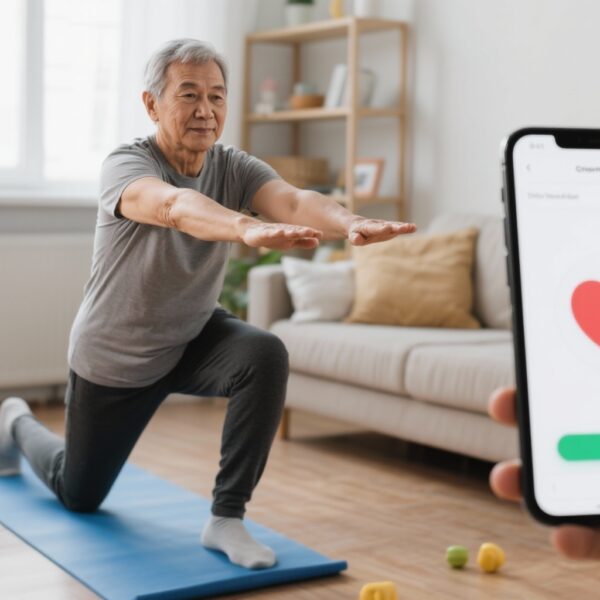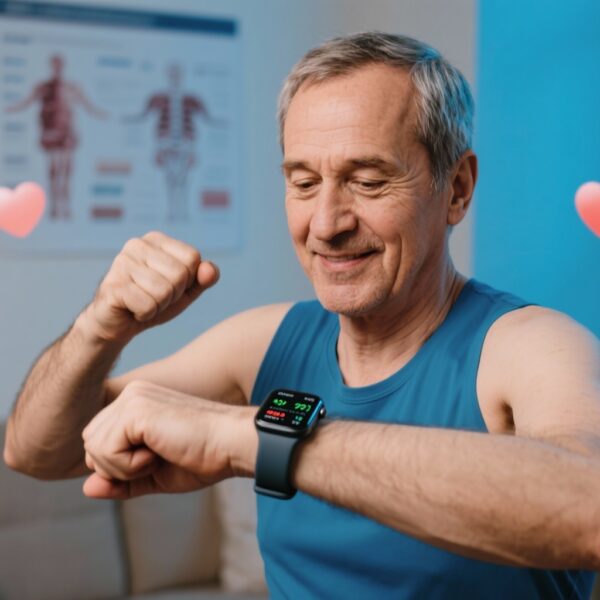Introduction
Cardiac rehabilitation (CR) is a cornerstone of secondary prevention in patients with coronary artery disease (CAD), significantly reducing morbidity and mortality through structured exercise programs, lifestyle counseling, and risk factor management. Despite its proven benefits, participation rates remain suboptimal due to logistical barriers, such as transportation issues, scheduling conflicts, and geographic limitations. Innovations in digital health, particularly wearable devices combined with telehealth strategies, have shown promise in overcoming these barriers and expanding access to CR.
This article critically examines a recent randomized controlled trial (RCT) that assessed the efficacy of a remote CR program integrating wearable technology and real-time monitoring, with or without weekly online coaching (OLC), aiming to improve exercise capacity in patients with CAD.
Study Background
The burden of CAD, the leading cause of cardiovascular mortality worldwide, underscores the importance of effective secondary prevention strategies such as CR. Traditional center-based CR programs are underutilized, prompting interest in home-based and remote alternatives. Wearable devices have the potential to facilitate continuous activity monitoring and personalized feedback, promoting adherence and safety. Yet, evidence from rigorous trials evaluating their efficacy, especially in conjunction with online coaching, has been limited.
Study Design
This phase III, open-label, single-center pilot RCT enrolled 50 patients with diagnosed CAD. Following baseline cardiopulmonary exercise testing (CPET), all participants were provided a wearable device (Fitbit Sense) and a real-time monitoring system (Recoval). The participants were randomized 1:1 into two groups:
1. Intervention group with weekly online coaching (OLC)
2. Control wearable device group without OLC
Both groups undertook a CPET-based home exercise program tailored to their individual functional capacity, aiming to improve exercise tolerance over 12 weeks. Primary endpoints focused on changes in peak oxygen consumption (peak VO2) and anaerobic threshold VO2. Secondary outcomes included other CPET parameters, daily activity levels, anxiety and depression scores, and health-related quality of life (HRQoL).
Key Findings
The study revealed significant improvements in exercise capacity in both groups after 12 weeks. Specifically, peak VO2 increased by an average of 1.6 mL/kg/min in the OLC group (P<.001) and by 0.6 mL/kg/min in the control group (P=.008). Similar trends were observed for anaerobic threshold VO2, with no statistically significant differences between the groups (P=.65 for peak VO2; P=.90 for anaerobic threshold).
Notably, during the latter half of the intervention, participants in the OLC group significantly increased their daily walking distance and the time spent in high-activity levels compared to controls (both P<.05). These findings suggest that while both groups experienced improved exercise capacity, weekly online coaching further enhanced physical activity, especially at higher intensities.
Mental health assessments and HRQoL scores showed no significant differences between groups, indicating that the intervention was well tolerated. No major adverse cardiac events or safety issues were reported, aside from one dropout due to lower limb muscle strain.
Discussion and Implications
This study demonstrates that remote CR leveraging wearable technology and real-time data monitoring can effectively improve exercise capacity in patients with CAD. Importantly, the addition of weekly online coaching appears to augment physical activity levels, particularly in higher-intensity activities, which are critical for cardiovascular health.
The findings support integrating wearable device-enabled telehealth strategies into routine cardiac care to increase accessibility and adherence. However, larger studies over longer durations are necessary to confirm these benefits and evaluate impacts on clinical outcomes such as cardiovascular events, hospitalization rates, and long-term mortality.
Limitations of this study include its small sample size, single-center design, and relatively short follow-up period. Future research should explore optimal coaching frequency, patient engagement strategies, and cost-effectiveness analyses to facilitate broad implementation.
Conclusion
The trial provides promising evidence that remote cardiac rehabilitation with wearable devices and real-time monitoring can significantly enhance exercise capacity in CAD patients. Weekly online coaching further boosts activity levels, especially at higher intensities. These innovations hold potential to transform secondary prevention, making CR more accessible, personalized, and effective.
Colorful integration of digital health tools into cardiac care pathways should be prioritized, with future studies addressing long-term outcomes and diverse patient populations to maximize their clinical impact.



